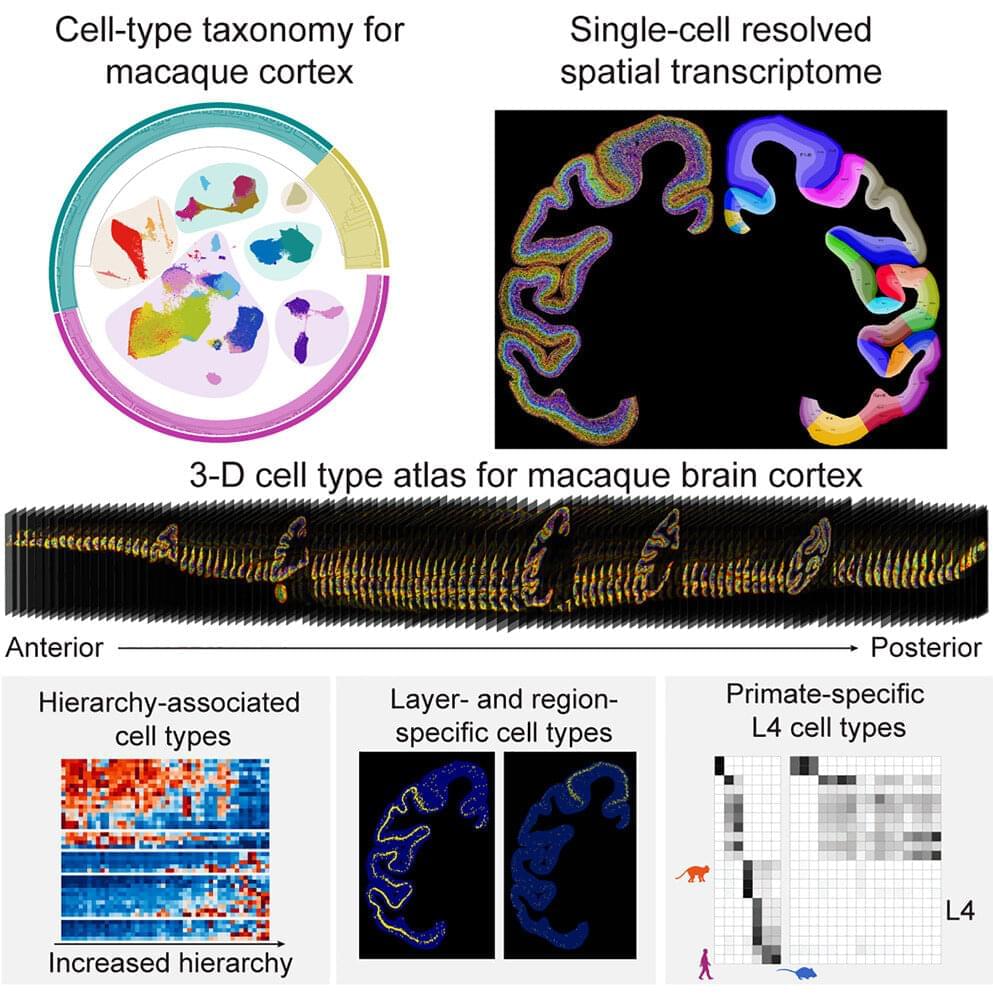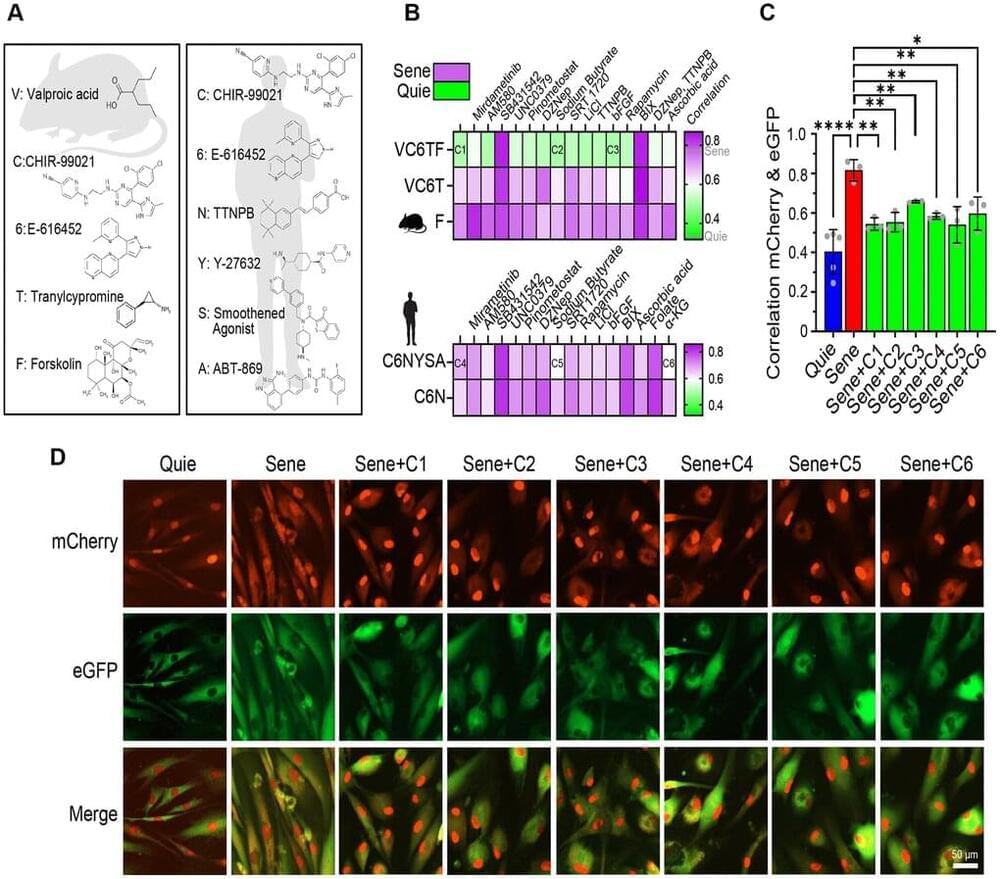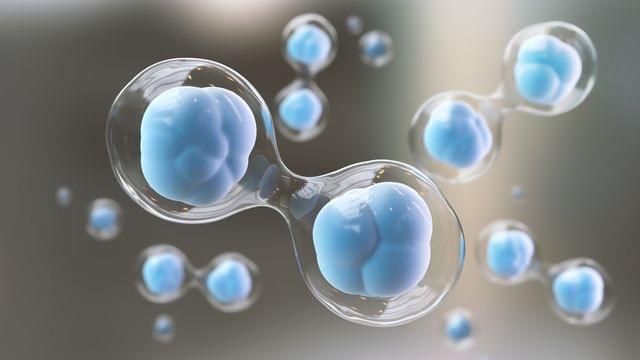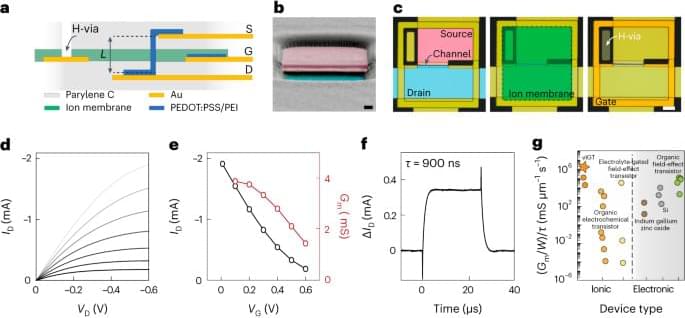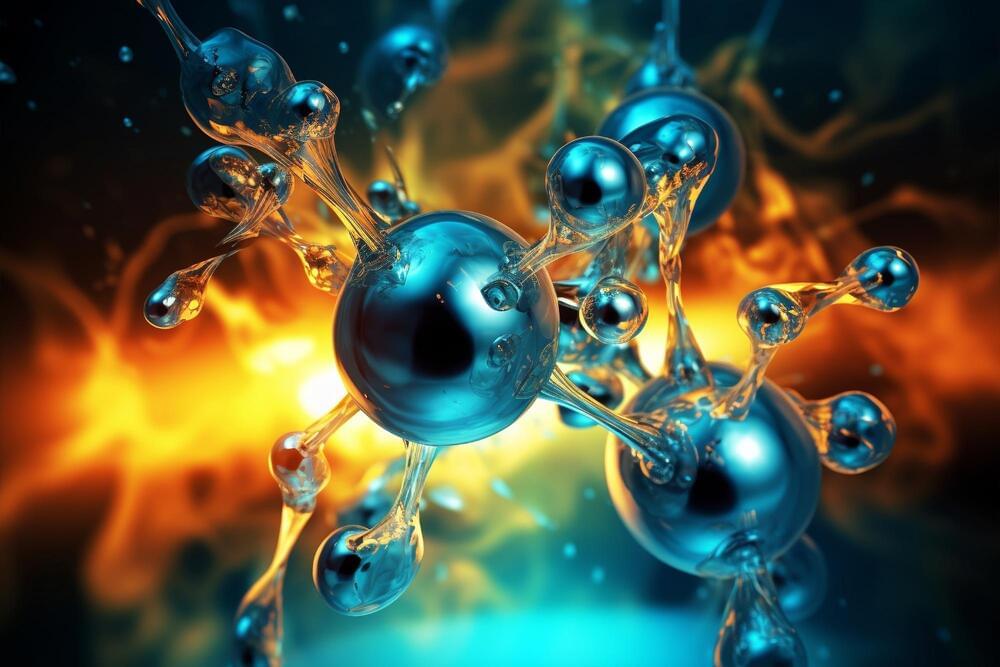Jul 14, 2023
Scientists map single-cell spatial distribution atlas of macaque cortex
Posted by Shubham Ghosh Roy in categories: biotech/medical, chemistry, neuroscience
A team of nearly 100 scientists recently mapped the cell-type taxonomy in the macaque cortex and revealed the relationship between cell-type composition and various primate brain regions by using the self-developed spatial transcriptome sequencing technology Stereo-seq and snRNA-seq technology, which provides a molecular and cellular basis for further investigation into neural circuits.
The study was published in Cell.
Primates have a vast number of neurons that form complex and intricate neural circuits supporting advanced cognition and behavior. Disruptions in these cells and circuits can lead to various brain disorders. Understanding the composition and spatial distribution of cells in the brain, as well as the relationships between them, is a fundamental question in neuroscience, comparable to the periodic table in chemistry, the world map in geographic discoveries, or the DNA base sequence discovered through human genome sequencing.
